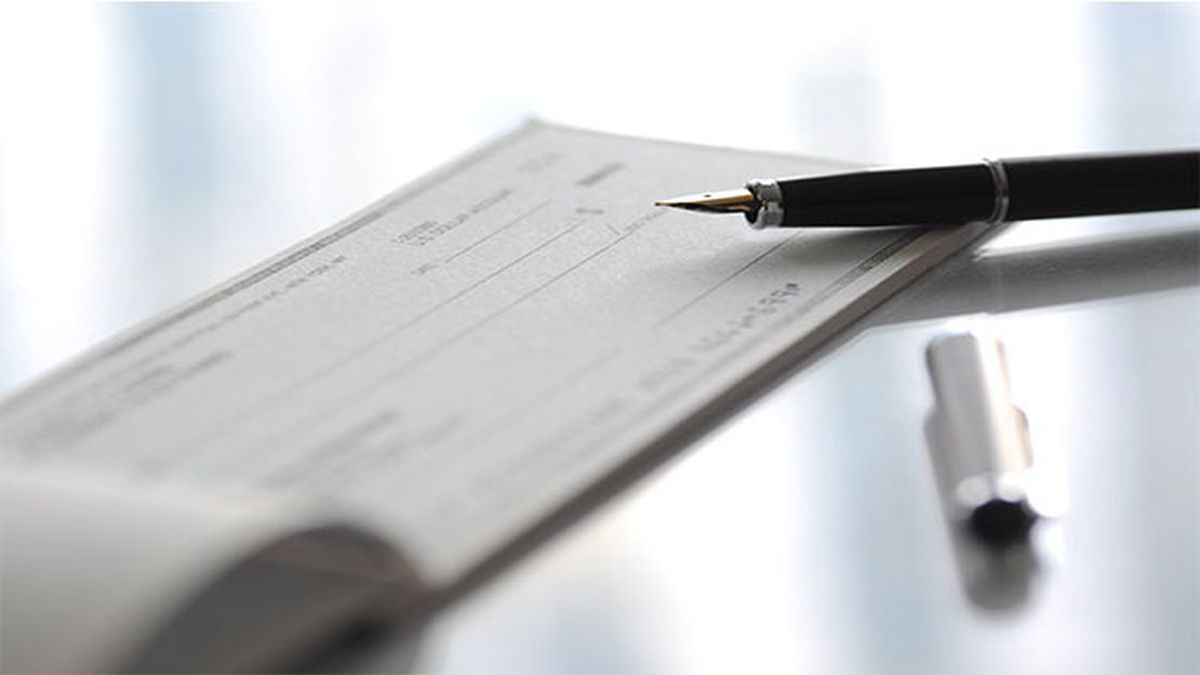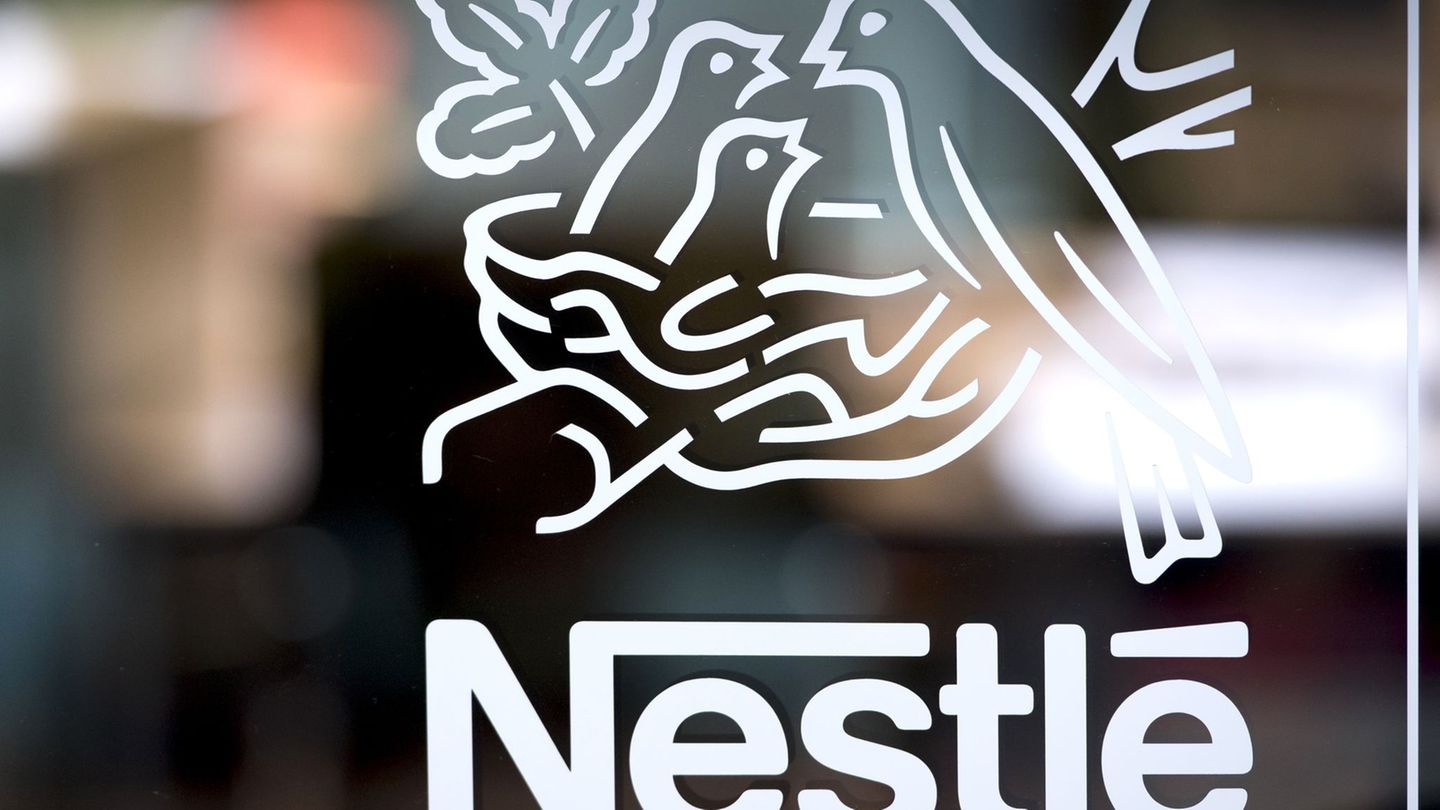In this sense, he indicated that “after a constant and gradual growth, for some months the adoption of the ECheq has been consolidated among the majority of bank clients, to the point that the amount compensated with this instrument already represents 57.9% of the 2.03 trillion pesos traded monthly“.
Thus, the participation of the electronic check in the total amount compensated “is not only the highest since its entry into force, in June 2019, but it is also almost double the 30.9% that it had two years ago“, remarked the entity that leads Miguel Angel Pesce.
The data comes from the last Monthly Report of Retail Payments prepared by the Central Bank (BCRA), which shows that since March of this year the amount cleared through electronic checks was always above 50% of the total.
The trend, promoted by the monetary agency with the aim of simplifying operations, reducing their costs and thus promoting greater financial inclusion, occurs in a context of record lows in the number of checks rejected due to insufficient funds: in October 102,532 checks were rejectedof which in 36,979 the reason was the lack of funds available, which represents only 0.75% of the total cleared checks (which were 4.9 million) and 0.59% of the total cleared amount ($2.03 trillion).
In the last 12 months, the average number of rejected checks was 105,640with a ratio of rejections without funds over compensated of 0.64%a percentage that is also below historical levels, which are above 1%.
In the 12 months prior to the start of the ASPO (Preventive and Mandatory Social Isolation) an average of 202,600 checks had been bounced per month, with a proportion of rejected without funds over compensated of 1.14%. In addition, if the previous 24 months are taken into account, the percentage rises to 1.35%.
“The oldest role of the eCheq in the market and the consequent loss of ground of the traditional check occurred both in the amounts traded as in the number of trades“, explained the BCRA.
Of the 4.9 million checks cleared in October, 1.58 million were ECheq, which represents 32.3% of the total. East percentage is the highest in the series historical and is three times higher at 11.3% than two years ago represented the number of electronic checks in the cleared total.
“Although the digital transformation faced by many companies was a favorable framework to generate a greater adoption of this instrument, one of the keys was in the different measures that the Central Bank was taking to be able to develop a robust and innovative product and expand its functionalities”, highlighted the authority monetary.
In this sense, in parallel to the implementation schedule outlined by the BCRA and which marked the roadmap of the ECheq in the financial system, the authorization in 2020 of the Systemically Important Financial Market Infrastructures as managers of electronic checks, which made possible the stock market negotiation of the instrument in an agile and efficient manner, said the official statement.
“With the development and consolidation of the electronic check, the BCRA seeks promote the modernization of the payment system and give a better quality to the financial systemtwo key pillars to promote the process of financial inclusion”, remarked the monetary authority.
Source: Ambito
David William is a talented author who has made a name for himself in the world of writing. He is a professional author who writes on a wide range of topics, from general interest to opinion news. David is currently working as a writer at 24 hours worlds where he brings his unique perspective and in-depth research to his articles, making them both informative and engaging.




